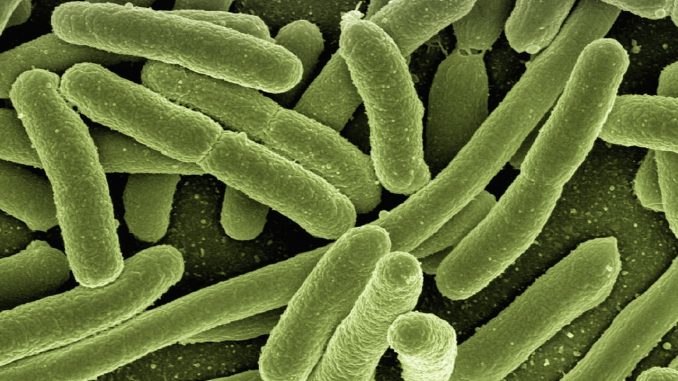
I’m always fascinated by how we have fashioned cells into small factories. They produce a great range of products from food and beverage to pharmaceuticals. Recently, it has been about producing packaging and plastics, about destroying and degrading pollutants and about transforming raw materials into useful products. What is so truly fascinating about them is their remarkable ability to perform a wide array of biochemical processes efficiently and precisely. It’s the harnessing of this power which has been driven genetic engineering and the various tools that are now available to effect this. The tools we have now have allowed us to transition from what could best be described as a static design to one where we exercise dynamic control. As others have said, we now ferment microorganisms and for that matter plant and animal cells, turning them into the ultimate mini factory (Jung et al., 2021).
At the heart of this is the cell – be it microbial, plant or animal. All these cells perform complex biochemical reactions, akin to a factory’s production lines. Through metabolism, we have witnessed cells convert substrates into energy and biomass through metabolic pathways. As a result they produce enzymes which catalyze reactions, breaking down or assembling complex molecules. They also produce antibiotics, pigments, and other bioactive compounds which are part of the great collection of secondary metabolites.
To enable manufacture, cells possess genetic machinery that functions like a factory’s control system. They contain DNA which is the blueprint – a genetic code within that DNA that dictates the production of proteins and enzymes. The controlling mechanism is enacted through gene regulation. This is the ability of cells to make use of gene regulation whereby they can turn genes on or off in response to environmental cues, optimizing their production processes.
All metabolic processes require the conversion of energy. Cells are very efficient at this because they can convert energy into one form or another. They do this in two ways. Through respiration and fermentation which are processes that generate ATP, the cell’s energy currency, from organic and inorganic substrates. The other is by photosynthesis. Plant cells and some microbes like cyanobacteria, convert solar energy into chemical energy.
Cells are also very effective at using resources. They are able to transport the nutrients they require across their cell membranes and then use them to fuel both growth and production. They’re also effective at recycling their wastes. All of them without exception can recycle waste products which minimises the need for external agents.
One of the most fascinating features of cell growth is the ability they have for adapting to different environmental conditions. They are vey much like a flexible production line. They can withstand extreme conditions such as high temperatures, acidity, or salinity by adjusting their internal processes. Dealing with and responding to stress is a fascinating condition of their life. Another fascinating aspect is the ability to form symbiotic relationships with each. Some microbes form beneficial relationships with plants and animals, enhancing nutrient exchange and growth.


Leave a Reply